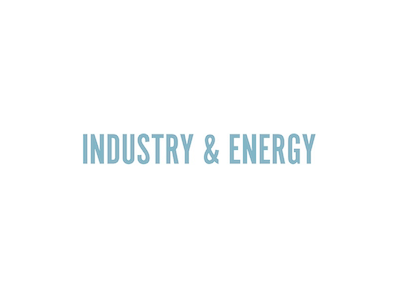Sweden – Vattenfall is increasing its focus on supply chain impact, with the goal of halving emissions from goods and services by 2030.
This is one of several measures being implemented to tighten climate management in order to achieve zero net emissions by 2040.
Vattenfall’s strategy of enabling fossil-free living within one generation is holistic in nature. This means that Vattenfall works hard to reduce not only its own footprint, but also the footprints of its suppliers and customers. As an important step toward a fossil-free future, Vattenfall has set a 50% intensity target for supply chain emissions from goods and services by 2030, encompassing all supplier tiers.
The extraction and production of raw materials such as concrete, steel, and other metals are currently the main emission drivers in Vattenfall’s supply chain. Transportation in the supply chain also contributes significantly to emissions.
Vattenfall has been working on a number of large projects to investigate the possibility of lowering supply chain emissions through climate-smart design choices. One of them is associated with the construction of a new hydropower dam in Lilla Edet, Sweden, where Vattenfall has developed a concrete with a lower cement content, resulting in a 25% reduction in climate impact in the supply chain compared to regular concrete. This principle is likely to be applied at other sites in order to contribute to Vattenfall’s supply chain goal.
Vattenfall’s Business Area Wind aimed to reduce the overall environmental impact of the recent construction phase of the onshore wind farm Nieuwe Hemweg in the Netherlands, which is scheduled to be completed in 2021. Vattenfall included the Environmental Cost Indicator (ECI) in its procurement process to objectively compare suppliers on sustainability and create incentives for them to reduce their carbon footprint.
The ECI is a Life Cycle Assessment-based method that combines a project’s environmental impacts and calculates the cost to mitigate them. Vattenfall calculated a reference ECI value and asked suppliers to describe how they would reduce this ECI value through design, machinery, transportation, work, and material improvements. Suppliers with a high expected reduction in the ECI received a price reduction, giving them an advantage in the supplier selection process. The method resulted in a significant reduction in GHG emissions of 25% compared to business as usual, at comparable costs. Vattenfall is currently developing and testing sustainability award criteria in other countries in order to collaborate with its suppliers on a sustainable supply chain.





